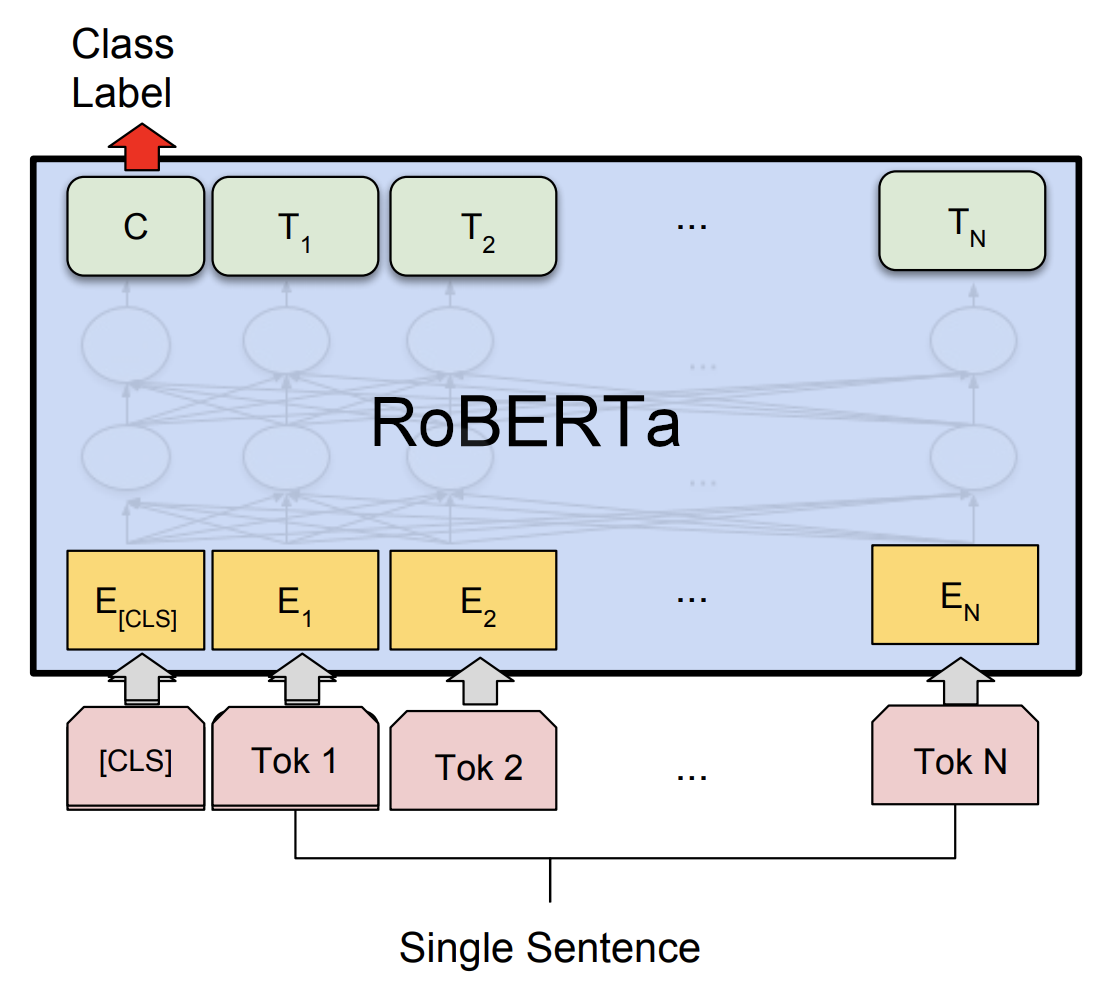User Experience Sentiment Analysis
Discover how AI-powered sentiment analysis is transforming educational feedback evaluation
Introduction
This AI-powered solution transforms how educational institutions analyze student feedback by automatically detecting sentiment patterns in course evaluations and user comments. Using advanced Natural Language Processing techniques, the system identifies positive, negative, and neutral sentiments, enabling educators to quickly understand student satisfaction levels and make data-driven improvements to their courses and teaching methods.
Project Context: This demo is part of an ongoing collaboration between LINKS and the United Nations System Staff College (UNSSC), which provides training courses for UN staff and relevant partners worldwide. The project aims to analyze user feedback sentiment from UNSSC courses to enhance the quality and effectiveness of UN training programs, ultimately supporting better decision-making and capacity building within the United Nations system.
Key Features
- Interactive Data Upload: Upload CSV files or edit data directly in the interface with course IDs and user feedback
- Multiple AI Models: Choose between three state-of-the-art sentiment analysis models including RoBERTa and DistilBERT
- Course-Specific Analysis: Analyze sentiment for specific courses or across all courses simultaneously
- Comprehensive Results: View top positive and negative feedback examples with confidence scores
- Real-time Statistics: Generate sentiment distribution percentages and overall sentiment classification

Technologies Used
- Machine Learning: Hugging Face Transformers for state-of-the-art sentiment analysis models including siebert/sentiment-roberta-large-english
- Natural Language Processing (NLP): Advanced transformer models for accurate sentiment classification with confidence scoring
- Data Processing: Pandas for efficient data manipulation and CSV processing with validation
- Web Interface: Gradio for creating an intuitive, user-friendly demo interface with real-time analysis capabilities
Use Cases
UN Training Program Enhancement: As part of the LINKS-UNSSC collaboration, this solution analyzes sentiment in feedback from United Nations staff and partners attending UNSSC courses. By automatically identifying positive and negative sentiment patterns in course evaluations, the system helps UNSSC understand participant satisfaction levels and improve their training offerings, ensuring that UN personnel receive the most effective and relevant professional development opportunities.
Educational Quality Improvement: Universities and online learning platforms can automatically analyze thousands of student feedback comments to identify sentiment trends such as satisfaction with course content, instructor effectiveness, or learning materials. This enables course coordinators to quickly identify highly-rated aspects to maintain and problematic areas needing immediate attention, leading to more targeted course enhancements and improved student satisfaction.
Corporate Training Analysis: Companies can use this solution to analyze employee sentiment regarding training programs, identifying which courses are well-received and which generate negative feedback, ultimately optimizing their workforce development strategies and employee satisfaction.

Live Demo
Input
The system expects a CSV file with two columns: course_id (course identifier) and user_feedback (text feedback from students). Alternatively, users can directly edit the sample data provided in the interactive dataframe component.
How it works
- Data Processing: The system validates CSV format and processes course feedback data with proper error handling
- Model Selection: Users can choose from three pre-trained sentiment analysis models optimized for different use cases
- Sentiment Analysis: Advanced transformer models analyze each feedback comment and assign sentiment labels with confidence scores
- Result Compilation: The system aggregates results to show top positive/negative examples and overall sentiment distribution
Output
- Top Positive Feedback: Displays the 3 most positive feedback comments with confidence scores for each course
- Top Negative Feedback: Shows the 3 most negative feedback comments with confidence scores to identify areas needing improvement
- Overall Sentiment Summary: Provides percentage breakdown of positive, negative, and neutral sentiments with total feedback count
- Course-Specific Results: Filter analysis by specific courses or view aggregated results across all courses
Try it out
Try out the solution in real time on Hugging Face Spaces:
For deeper technical insights and code exploration, visit the GitHub repository.
Benefits
- Rapid Insight Generation: Automatically process hundreds of feedback comments in seconds to identify sentiment patterns
- Time Savings: Reduce sentiment analysis time from hours of manual review to minutes of automated processing
- Cost Optimization: Minimize human resources needed for feedback sentiment evaluation while maintaining high accuracy
- Objective Analysis: Eliminate human bias in sentiment interpretation through consistent AI-powered classification
- Actionable Intelligence: Transform unstructured feedback into clear sentiment insights for immediate course improvements
Integration
The solution can be easily integrated into existing Learning Management Systems (LMS) through its API endpoints or by incorporating the sentiment analysis pipeline into automated feedback processing workflows. Educational institutions can connect their student information systems to automatically analyze feedback sentiment after each course completion, generating regular sentiment reports for academic quality assurance teams. The modular design allows for customization of model selection, confidence thresholds, and output formats to match specific institutional requirements and sentiment analysis needs.